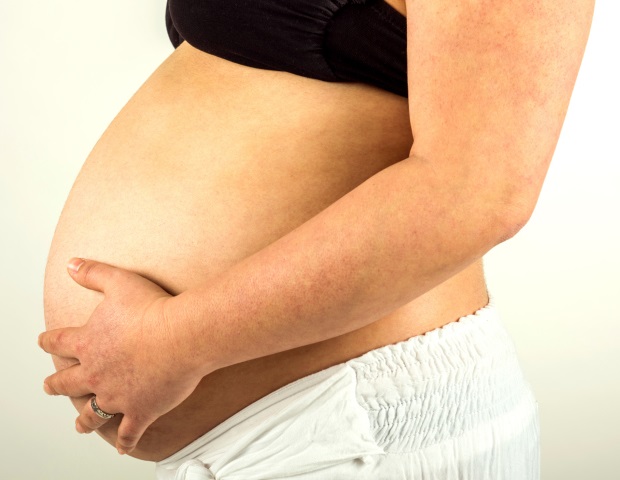Giving birth to a child after 40 years is becoming more and more common – but this can lead to an increased risk for the child. A new study based on data of more than 300,000 births in Sweden shows that children of older mothers have more often been born prematurely or with complications, especially when the mother is 45 years old or over.
In large parts of the world, women have children more and more later in life. In Sweden, 4.8% of mothers were 40 or over in 2022. Previous research has shown that older mothers differ from younger mothers in several respects, such as having a higher BMI, a higher proportion that used assisted reproduction technology, an increased risk of certain diseases during pregnancy and a higher proportion of births via the Cesarean. In this spirit, the researchers of this study wanted to study how the age of the mother affected the health of her newborn baby.
Increased risk of death
In the study, which is published in Acta PedriaticaThe researchers examined data from the National Medical Birth Register of Sweden, which is maintained by the Swedish National Council for Health and Well-Being and includes all the pregnancies of Week 22 which led to childbirth. In total, 312,221 children born of women over 34 during the period 2010-2022 were included in the study, excluding twin births. Babies were divided into three groups according to their mother’s age: 35 to 39 years, 40 to 44 years and 45 and over. Researchers were particularly interested in the way in which the child’s health at birth was assigned when their mother was over 39 years old. Children born of mothers aged 35 to 39 served as a reference group.
First of all, we could see that for babies born in Sweden, serious complications are rare, regardless of the age of the mother. But we have also found that children of older mothers have a higher risk of mortinity, premature birth, low birth weight compared to the duration of pregnancy and low blood sugar compared to babies born of mothers aged 35 to 39 years. The study has shown that the highest risks of all were for babies born of mothers 45 years and over. “”
Sofia Voss, principal author of the study
Mortincy is rare in Sweden, but occurred in 0.83% of pregnancies in women aged 45 or over. This can be compared to a rate of 0.42% in women aged 35 to 39.
Regarding premature birth, 4.8% of these cases occurred in the group of mothers aged 35 to 39. Among women aged 40 to 44, the corresponding figure increased to 6.1% and in women aged 45 or over, 8.4% of their babies were born prematurely.
Help the health system to plan the right interventions for older mothers
Previous studies have mainly compared babies born of young mothers with those born from older mothers. In this study, researchers were interested in obtaining a more detailed image of risk distribution among older mothers.
“By comparing different ranges of advanced age during childbirth, the study can also contribute to better and better targeted information for women planning future pregnancies. As the share of older mothers increases, our study can help target screening and interventions in the place where they will have the most advantages. But it is also important to inform the public so that they can make enlightened choices,” Your.
The study was carried out in a collaboration between researchers from the University of Uppsala and Linköping University.
Source:
Journal reference:
Voss, S., et al. (2025). Neonatal results in infants from Mothers with advanced maternal age: a national cohort study. Acta Paediatrica. Doi.org/10.1111/apa.70185


